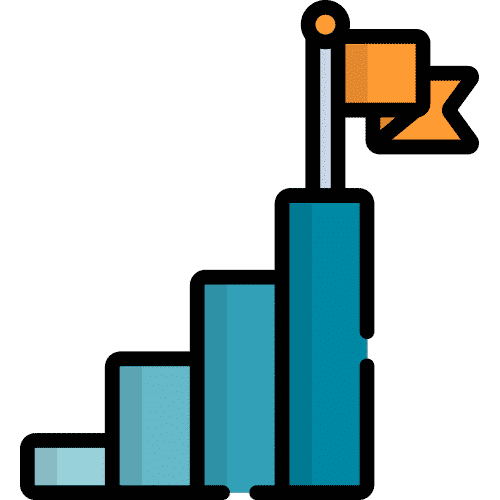How To Get An AAC Device
Augmentative and alternative communication (AAC) comes in many shapes, sizes, and levels of complexity. No-tech and low-tech AAC — such as gestures and communication boards — can help many people with their needs. But there are also cases where high-tech AAC might be a more appropriate fit. People with speech or language impairments caused by…
Read More










